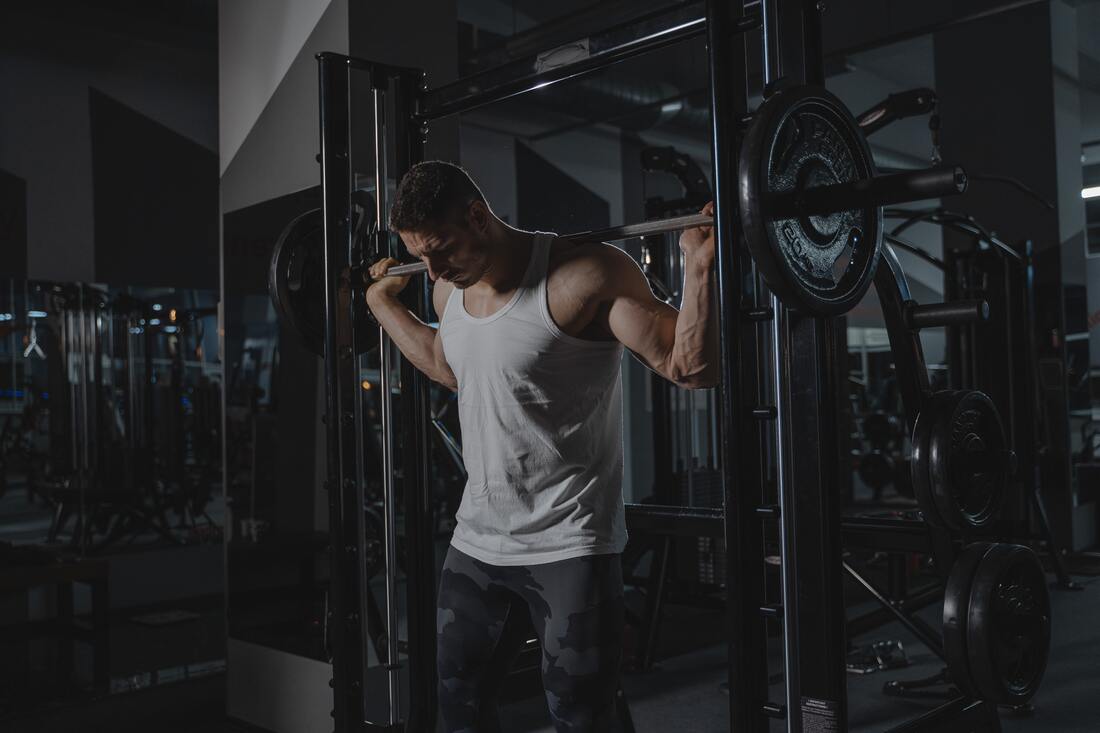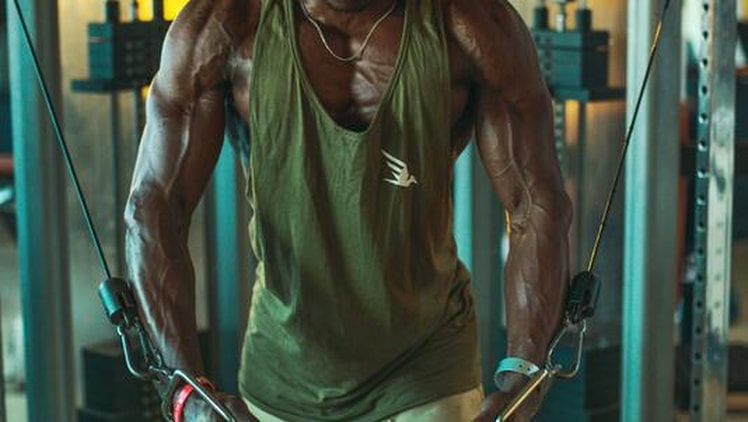|
The term “range of motion” (ROM) has two main definitions:
As a muscle goes through its range of motion around a joint, it changes length from a shorter to a longer length, and vice versa. For this reason, the second definition of ROM is the more relevant to this article. But why would you care about muscle length?
0 Comments
The application of consistent, logical effort, over a prolonged period is the key to reaching your physical muscular potential. Updated March 9th, 2022.
When I realised I was transgender in 2018, I started bodybuilding because I wanted to sculpt a more gender-affirming physique. For nearly three years, I’ve been honoured to help dozens of clients achieve the same goal. With this article, I want to help you do the same. This piece is therefore going to cover:
Before we start, I want to make a clarification: this guide can help you at any stage of your fitness journey, whether you’re on testosterone replacement therapy or not. Anyone can build muscle with resistance training, including those who are pre-testosterone or will never take any. Furthermore, the benefits of exercise go above and beyond your appearance and include improved mood, higher energy levels, and increased self-confidence, among others. What better way to grow into the person you were always meant to be? For this reason, I encourage you to begin training as soon as you can. Even if you chose to never start hormones, you’d still be able to put on an euphoria-inducing amount of muscle that you wouldn’t have if you didn’t train. I speak from experience, as I was determined to take my physique as far as I could before beginning my medical transition. I first started lifting in June 2018, but didn’t have access to TRT until March 2020. In addition to the physical results – which I believe have been greater than if I had waited almost two years until I could start testosterone – training and nutrition have helped my mental health, relieved my dysphoria, and benefited my relationship with food. But enough about me. If you want to learn more about my story, you can read this article. If you’re here for the gains, let’s get started. Each person’s workout is really different. It’s tailored to be what’s most needed for them. Everybody’s different. If you want to build as much muscle as you can, doing a list of random exercises for 3 sets of 12 reps each just won’t cut it, unless you’re a true beginner. What you need is an effective muscle-building program.
The components of any good program are called training variables, which can be structured together in a variety of ways, depending on your fitness level, goals, and needs. In this article, we’ll focus on three of the most important variables for muscle growth:
We’ll cover what they are, what the current scientific literature can tell us about them in relation to muscle growth, and how to implement them in your own program. Ready for the brain gains? Without data you’re just another person with an opinion. In the third and final instalment of this multi-part series on bodyweight data and dieting, I’m going to tackle the following topic: How do you make adjustments to a muscle gain phase based on your bodyweight?
Before we dive into this subject, I want to point out that the most important component in a muscle gain phase is your training, not your diet. Your diet can only help you gain muscle if you’re giving your body the necessary stimulus to grow muscle, a stimulus that only training can offer. If you eat in a caloric surplus, but you don’t train, you can eat all the protein you want… but the only mass you’ll be putting on, sadly, will be fat. So, before you read the rest of this article, make sure you have a solid training program, and that you’re consistent with it. |
Nikias TomasielloWelcome to my blog. I’m an online fitness coach with a passion for bodybuilding, fantasy, and bread. Want to work with me? Check out my services!Archives
May 2024
Tags
All
|
Follow me on social media |
Get in touch |
© 2018-2023 Veronica Tomasiello, known as Nikias Tomasiello – All rights reserved






 RSS Feed
RSS Feed